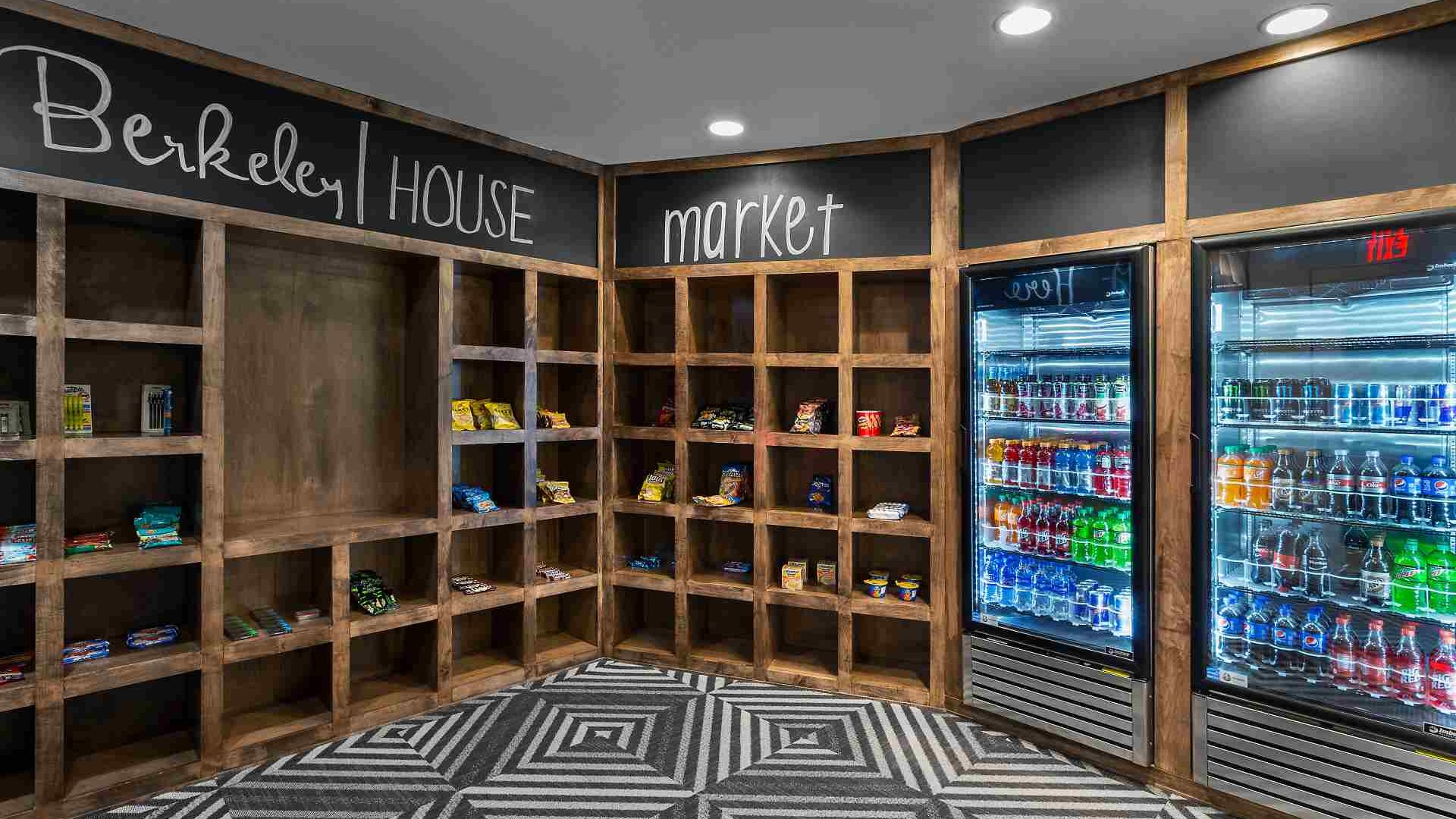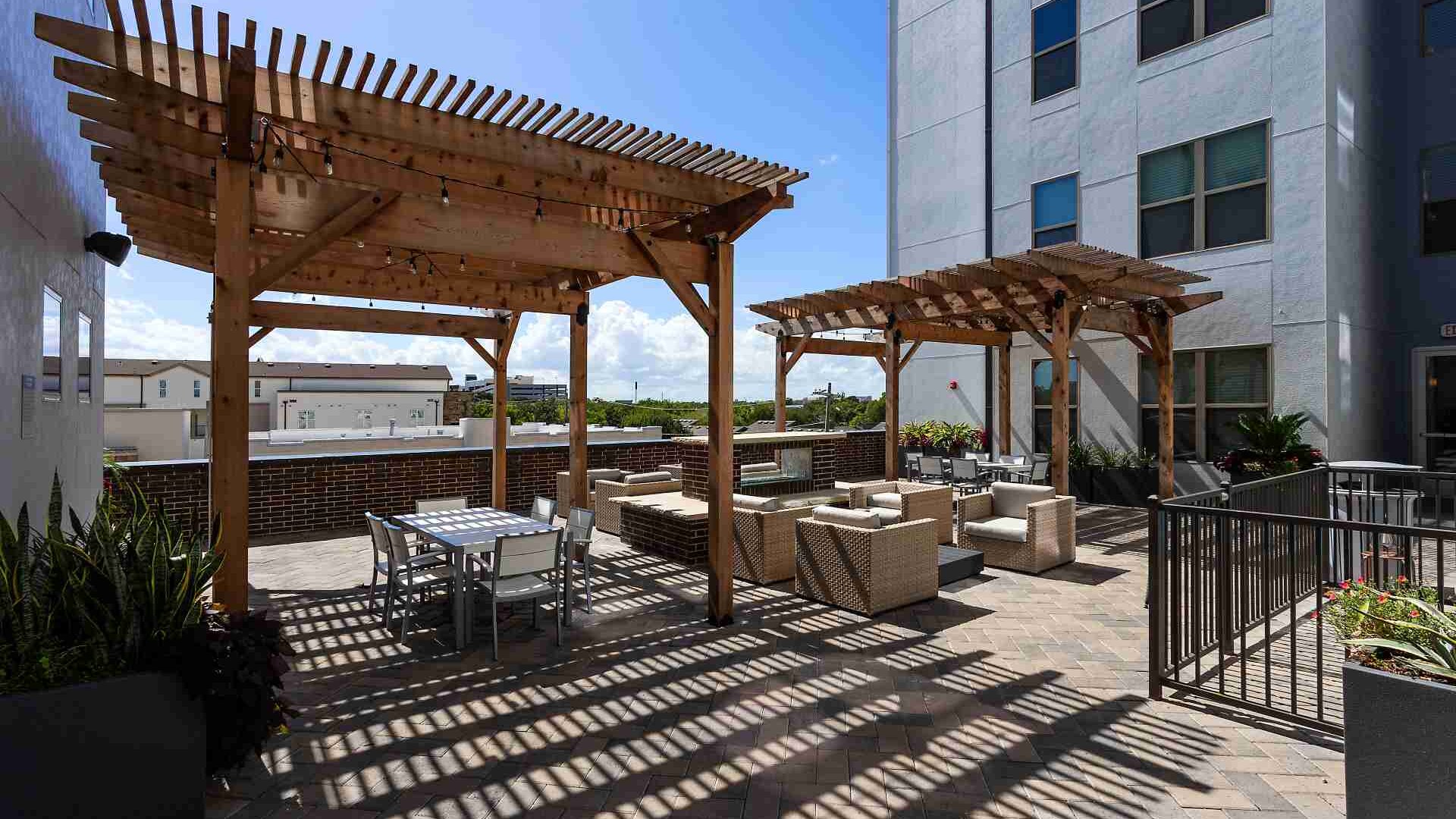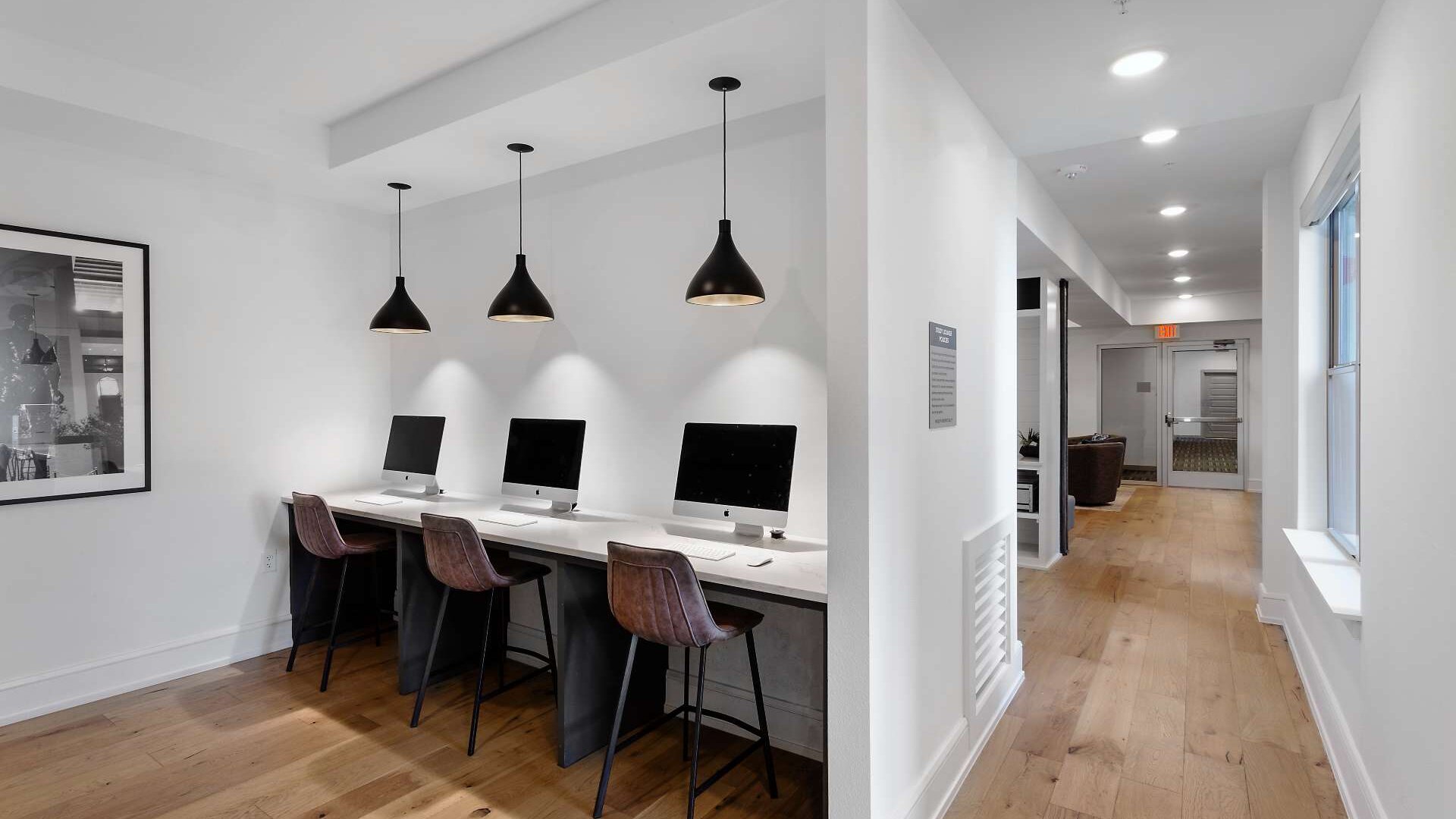Home / GFH Insights / Golden Opportunities in Student Housing: A Q&A with Student Quarters
With student housing transactions exceeding $10 billion in 2021, investors clearly value the potential of the student housing market. We joined our partner Student Quarters to shed some light on why that is, and to address other prevalent areas related to this growing sector. Read on for a guide on the market…
1. How has the Student Housing sector developed in the US over the last 12 months?
Ms. Stephanie Lynch, Chief Investment Officer of Student Quarters: The sudden transition to remote learning caused by the pandemic should have, in theory, cast significant uncertainty over the US student housing sector. However, throughout COVID-19, the sector demonstrated remarkable resilience as demand remained relatively buoyant compared to many other sectors. And the post-2020 rebound was more remarkable still. In fact, national occupancy rates as at July 2022 exceeded 90%, marking an over 4% year on year increase, and are forecasted to top 95% for the 2022-23 academic year.
While enrolment rates in spring declined marginally year-on-year, there has been a slight increase in first-year students, who represent student housing providers’ main target market. The value of a degree in the job market remains strong so we can expect enrolment rates to rebound in the near to medium-term, despite ongoing economic headwinds. This is being reflected in continually strong investor sentiment and appetite. The transaction volume in student housing exceeded $10 billion in 2021, up from under $5 billion in 2020. This gives some indication of the potential of this market.
2. What makes the US Student Housing sector an attractive sector to invest in?
Ms. Lynch: The US Student Housing sector is very promising. We only need to look at the data to see that the sector is not only a safe investment but offers strong returns.
The US population is forecasted to grow at a steady pace over the next 40 years. By 2060, it is estimated that the number of residents will have increased by almost a quarter compared to 2015. Aside from an increasing population, the percentage of college-aged students choosing to attend higher education is expected to continue to rise. The US job market is highly competitive, and employers continue to seek applicants with degrees.
Demand is also set to increase due to post-pandemic trends. For instance, the number of foreign students attending US colleges is expected to increase as COVID winds down and due to the current administration’s more open border policies. There is also a mini demand bubble working its way through the system as those that deferred a portion of their education during COVID have returned to campus, resulting in excess demand for several more years. On top of this, the average duration of a college education is increasing.
These trends have resulted in significant demand which is outstripping supply. Currently, the supply of new purpose-built beds is still limited with an average total beds to enrollment of 51%, meaning that there are 0.5 beds available per student. Despite new supply growth resulting from private developers trying to cater to demand, total occupancy remains high in student housing, as evidenced by the sustained occupancy level of 90% across the purpose-built off-campus housing market in the past few years.
Mr. Nael Mustafa, Co-Chief Investment Officer – Real Estate, GFH Financial Group: In addition to positive demographic factors further fueling demand, the US student housing sector has proven to be a safe and consistently high-performing sector. It has demonstrated significant resilience in recent years – not just during the pandemic but even through previous US and international economic downturns. Predictable in nature, the sector is notable for its steady cash flows. The continued resilience of student housing properties continues to attract significant interest from US and international investors.
Overall, student housing has the potential to capture more attractive returns relative to certain real estate sectors given the current market environment. Not only is there a lack of supply of student housing, but high inflation is also contributing to strong rental growth. In addition to solid growth in national occupancy rates, pre-leasing as of July 2022 is 7% higher than last year, sitting at roughly 86%. Meanwhile, national rental rates grew by 6% for the same period, which is an unprecedented increase.
3. What are the major market challenges you anticipate?
Ms. Lynch: Pandemic-induced disruptions are yet to completely disappear and its impact on the economy has created barriers for some would-be students, which is reflected in enrolment rates. The effects of the global economic turmoil are still being felt by private educational institutions, second year institutions and tertiary private schools.
In the long-term, we do not expect online learning or hybrid teaching models to negatively impact demand, especially in the US market. One unexpected impact of COVID was on cultural and society norms in the US. The pandemic underlined the need for students in higher education to live independently and learn important life skills away from home.
From the perspective of investors, a major challenge is identifying an optimal location moving forward. Location is crucial when targeting assets and investors must carefully consider a spectrum of factors. For instance, in some areas occupancy rates have been impacted where enrolments have declined sharply. For foreign and non-specialist investors, it pays to partner with student housing experts and established market leaders that already have a strong portfolio and proven record.
One of the more pressing challenges in today’s environment is the rising debt costs. As interest rate is increasing, securing debt at preferential rates to offer investors desired returns has become challenging. Another imminent issue is the continuous evolution of student expectations for Class-A, newly-built, fully-amenitized buildings, which are located less than a one-mile radius from campus. Given our presence and track record, we are confident in delivering projects that supply the ever-growing expectations of students and offering attractive returns to our investors.
The most imminent challenge today, however, is inflation and a looming recession in the US which are already causing a spike in the cost of living – a spike being felt most keenly by students. This though also presents an opportunity to investors who are able to identify housing projects that are supplying particular colleges. For instance, state universities that have a cost advantage in education delivery are expected to fare better than other institutions with higher fees. And larger, more established schools will be less impacted than smaller or tertiary schools as they boost acceptance rates.
By supporting the development of new student housing projects, investors also help to increase the availability of options and price points for students – thereby easing growing concerns regarding the accessibility of higher education due to inflation.
4. How is GFH leveraging opportunities within this sector?
Mr. Mustafa: As Stephanie touched on, careful selection of student housing assets based on their affiliated universities is critical to leveraging opportunities in the US Student Housing Sector. GFH’s carefully tailored strategy is focused on the top 150 or so US universities targeting markets that offer the greatest opportunity for growth and with proven resilience. We target large flagship universities and secondary universities in states with faster population growth. Demographic movement in the US is towards Sunbelt markets in the south. This movement, along with a state tax base for public universities in many southern states, supports a growing student base and enrolment rates. We therefore focus on assets that align with these broader trends.
This strategy formed the basis for our first US Student Housing Portfolio, which was launched last year in partnership with Student Quarters. Since its launch, the Portfolio received significant interest from investors and has been performing in line with expectations in terms of occupancy and rent growth.
More recently, we partnered with Student Quarters again to launch US Student Housing Portfolio II. The portfolio comprises five properties affiliated with top institutions, including Michigan State and Missouri State, and Texas A&M, which is one of the largest, highest growing and most desirable universities in the US. The portfolio is the result of a methodical approach to selecting assets, ensuring they exhibit strong market fundamentals and are aligned with our investment strategy. For example, each property is situated in a strong pedestrian location less than a mile from the campus. The portfolio is already 97%+ pre-leased, demonstrating significant promise.
5. What is behind GFH’s partnership with Student Quarters?
Mr. Mustafa: Our partnership with Student Quarters is in line with our strategy to establish a global network of market leaders to help investors unlock promising opportunities in key sectors. Based out of Atlanta, Student Quarters is the sixth largest buyer in the US student housing market and has a demonstrated track record of value generation and execution within the sector. Their team has completed in excess of 60 student housing deals, with a total transaction value greater than $1.6 billion. Today, Student Quarters has $1.2 billion of assets under management, with 37 properties and 11,000 beds under management. The group’s in-house expertise and integrated platform spanning the full investment lifecycle have created and delivered significant value to its stakeholders and capital partners. Clearly, Student Quarters is a front-runner in this space, and we’re proud to further solidify our partnership through our recent acquisition of a majority stake in Student Quarters.
6. How does the partnership with Student Quarters align with GFH’s overall strategy and support both Student Quarters’ and GFH’s growth plans?
Mr. Mustafa: Our partnership with Student Quarters will support GFH in broadening assets under management in line with our diversification strategy. Expanding our real estate operations in other sectors and geographies allows us to target a wider global institutional investor base and enhance the resilience of our model. Importantly, it also helps our existing investors to reach new markets and opportunities. The US student housing market is a particularly resilient and promising real estate segment, one which we feel will deliver real value for investors, hence our enthusiasm for this partnership.
Ms. Lynch: This strategic partnership with GFH will allow us to unlock further growth. By leveraging GFH’s global network we will move closer towards our goal of tripling assets under management, while significantly building on a growing client base. Our commitment to delivering value and returns for shareholders aligns with GFH’s model. By combining our expertise, experiences, networks, and resources, both investment groups can harness the potential of this vibrant and growing market.
The content on our site is provided for general information only. It is not intended to amount to advice on which you should rely. You must obtain professional or specialist advice before taking, or refraining from, any action on the basis of the content on our site. Although we make reasonable efforts to update the information on our site, we make no representations, warranties or guarantees, whether express or implied, that the content on our site is accurate, complete or up to date.











































